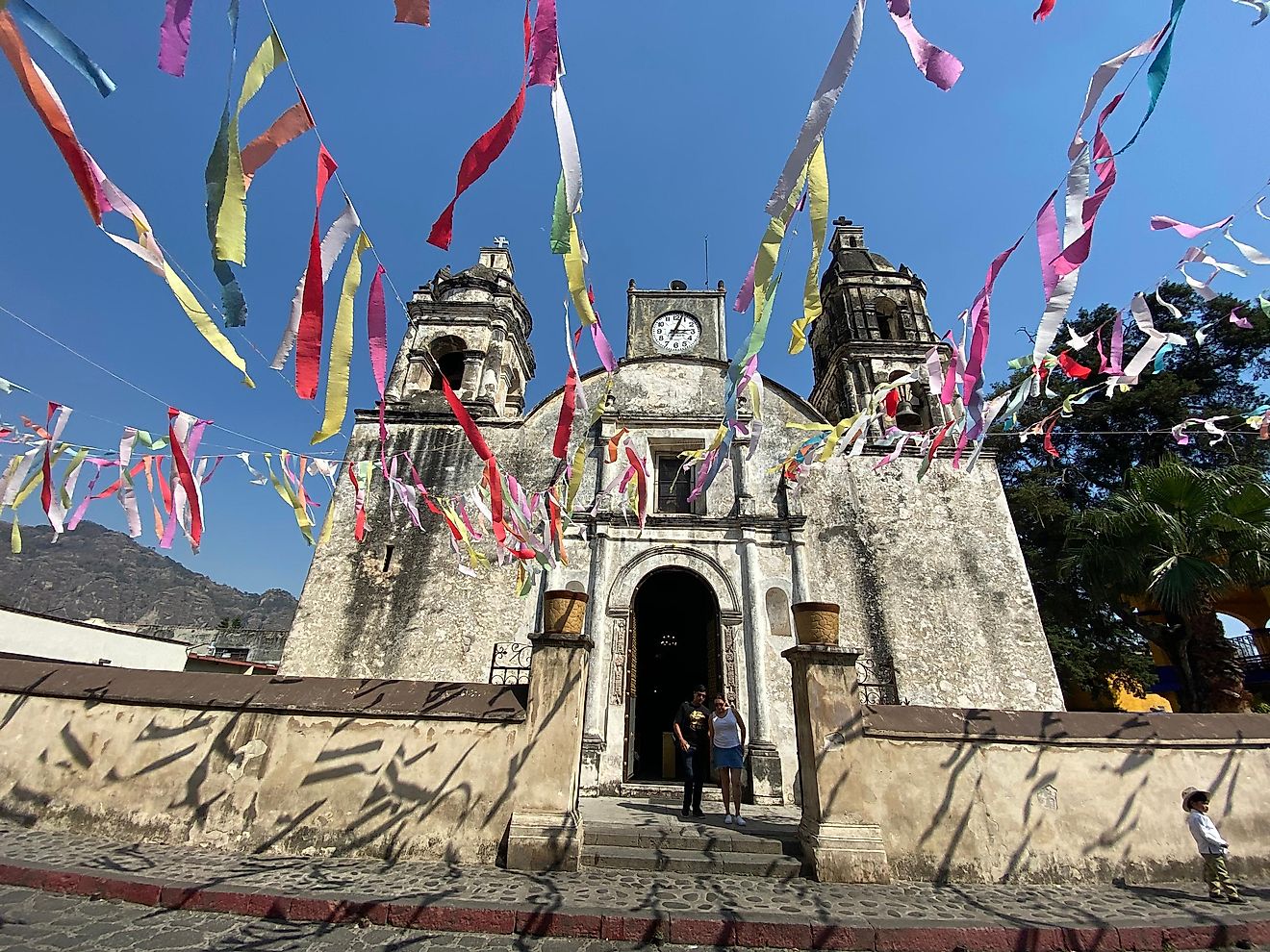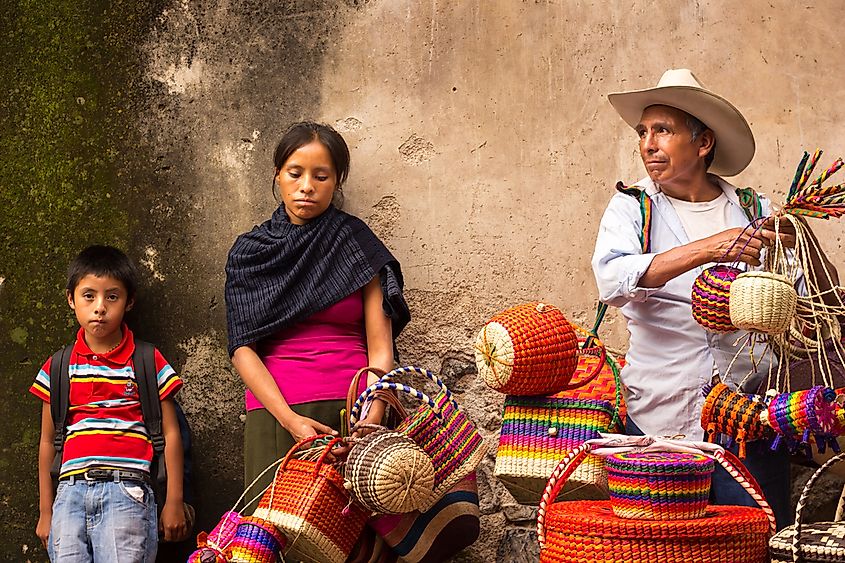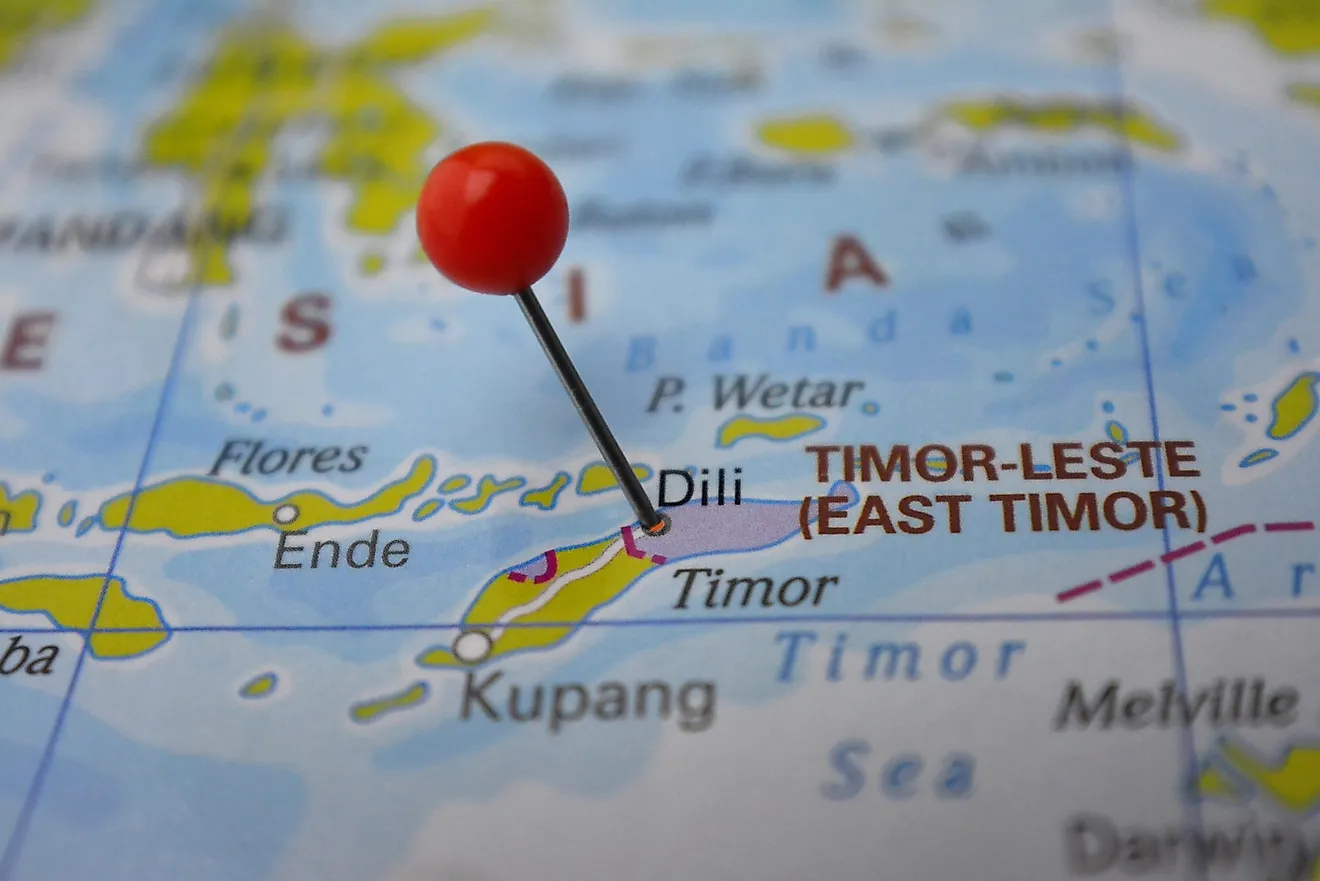How Many Native Languages Are Spoken In Mexico?

- Even though the Spanish language is the most widespread in Mexico, there are many other indigenous (native) languages spoken in the country to this day.
- These languages come from eleven language families, and the Mexican government actually recognizes 68 national languages. Out of these 68, 63 are native languages.
- The most commonly used indigenous language in Mexico is Nahuatl. This language is a part of the Uto-Aztecan family of languages and is spoken today by 1,376,026 people in Mexico.
- The actual number of indigenous languages spoken in Mexico is larger than 63, but the classification counts different dialects and variations as just one language.
Mexico is known as a country that has a rich history and culture. It is recognized as one of the six cradles of civilization, and the tribes that lived there left an important mark on the history of our planet. The Aztecs and the Mayans are the most commonly mentioned ones, but many other smaller tribes were living in Mexico before the country was colonized. Naturally, this left a mark on the population and the lifestyles in the country that can still be felt today. One area where it can be seen more than elsewhere are the languages that are spoken in Mexico.
Spanish is the official language in the country; other languages that are somewhat common are English and German. However, even though the Spanish language is the most widespread in Mexico, there are many other indigenous (native) languages spoken in the country to this day. These languages come from eleven language families, and the Mexican government actually recognizes 68 national languages. Out of these 68, 63 are native languages.
What Is The Official Language?
Spanish is used most often for all official purposes of the government, but it is not the official primary language when looking at legislation. In 2003, a law was approved by the Mexican Congress that aimed to recognize the rich history of Mexico and determine how the country will look at all of the languages that are spoken there.
It was the General Law of Linguistic Rights of the Indigenous Peoples, and through this law, the indigenous languages spoken in Mexico were made to be national languages.

It was determined that all of these languages should be valued equally, and as much as the Spanish language is. The law takes location, context, and territory into the equation, and does not give any type of official status to the Spanish language.
This means that anyone can use their native language when dealing with the government in Mexico, and the official documents they request can be in their language. This is largely because the state of Mexico aims to preserve its rich culture, and it also promotes the usage of native languages through various activities and institutes.
The Most Common Native Languages
The most commonly used indigenous language in Mexico is Nahuatl. This language is a part of the Uto-Aztecan family of languages and is spoken today by 1,376,026 people in Mexico. It is mostly spoken in Veracruz, Puebla, and Hidalgo. The second most common indigenous language is Yucatec Maya, with 759,000 speakers. This language is spoken in the Yucatan peninsula, which should not be surprising at all. Mixtec is the third most common indigenous language, and it is spoken throughout southwestern Mexico. There are currently 423,216 speakers of this language in Mexico.

These are not the only languages that have a larger number of speakers, however. Zapotec, Tzeltal Maya, and Tzotzil Maya all have more than 300,000 speakers. Continuing the list, Otona, Totomac, and Mazatec all have over 200,000 speakers. The number of speakers for the subsequent languages on the list of the most common native languages starts to fall off, which makes sense seeing as how many of them are endangered. However, all these languages show us what a rich heritage and culture the country of Mexico has, and all of the efforts to preserve them are certainly praiseworthy.
The Number Of Native Languages
The actual number of indigenous languages spoken in Mexico is larger than 63, but the classification counts different dialects and variations as just one language. This goes to show how rich the culture of Mexico is and why it should be preserved. It is believed that there are around 350 different dialects of the 63 officially recognized languages.
Of course, while the law does state that all of these languages can be officially used, Spanish is still the dominant one, but it is expected that with time, more variety will be shown in the usage of languages. Since many of the languages are endangered, the goal should be to preserve them.

Since many people that live in Mexico are immigrants or from an immigrant descent, it comes as no surprise that other languages are being spoken in the country as well. English and German are the most prominent ones. Naturally, given the proximity to the United States, it makes sense that English is spoken in Mexico. Some other languages that are used sometimes are Italian, Portuguese, French, and Greek, among others.
How Many Native Languages Are Spoken In Mexico?
| Rank | Language | Speakers |
|---|---|---|
| 1 | Nahuatl (Nahuatl, Nahuat, Nahual, Macehualtlahtol, Melatahtol) | 1,376,026 |
| 2 | Yucatec Maya (Maaya t'aan) | 759,000 |
| 3 | Mixtec (Tu'un sávi) | 423,216 |
| 4 | Zapotec (Diidxaza) | 410,901 |
| 5 | Tzeltal Maya (K'op o winik atel) | 371,730 |
| 6 | Tzotzil Maya (Batsil k'op) | 329,937 |
| 7 | Otomí (Hñä hñü) | 239,850 |
| 8 | Totonac (Tachihuiin) | 230,930 |
| 9 | Mazatec (Ha shuta enima) | 206,559 |
| 10 | Ch'ol (Mayan) (Winik) | 185,299 |
| 11 | Huastec (Téenek) | 149,532 |
| 12 | Chinantec (Tsa jujmí) | 125,706 |
| 13 | Mixe (Ayüük) | 115,824 |
| 14 | Mazahua (Jñatho) | 111,840 |
| 15 | Purépecha (P'urhépecha) | 105,556 |
| 16 | Tlapanec (Me'phaa) | 98,573 |
| 17 | Tarahumara (Rarámuri) | 75,371 |
| 18 | Amuzgo (Tzañcue) | 43,761 |
| 19 | Chatino (Cha'cña) | 42,791 |
| 20 | Tojolab'al (Tojolwinik otik) | 43,169 |
| 21 | Popoluca (Zoquean) (Tuncápxe) | 54,004 |
| 22 | Chontal de Tabasco (Yokot t'an) | 43,850 |
| 23 | Huichol (Wixárika) | 35,724 |
| 24 | Mayo (Yoreme) | 32,702 |
| 25 | Tepehuán (O'dam and Ódami) | 31,681 |
| 26 | Trique (Tinujéi) | 24,491 |
| 27 | Cora (Naáyarite) | 17,086 |
| 28 | Popoloca (Oto-manguean) | 18,926 |
| 29 | Huave (Ikoods) | 15,993 |
| 30 | Cuicatec (Nduudu yu) | 12,610 |
| 31 | Yaqui (Yoem Noki or Hiak Nokpo) | 14,162 |
| 32 | Q'anjob'al | 10,833 |
| 33 | Tepehua (Hamasipini) | 10,625 |
| 34 | Pame (Xigüe) | 9,768 |
| 35 | Mam (Qyool) | 8,739 |
| 36 | Chontal de Oaxaca (Slijuala sihanuk) | 5,534 |
| 37 | Chuj | 2,143 |
| 38 | Tacuate (Mixtec de Santa María Zacatepec) (Tu'un Va'a) | 2,067 |
| 39 | Chichimeca jonaz (Úza) | 1,987 |
| 40 | Guarijío (Warihó) | 1,905 |
| 41 | Chocho (Runixa ngiigua) | 1,078 |
| 42 | Pima Bajo (Oob No'ok) | 836 |
| 43 | Q'eqchí (Q'eqchí) | 835 |
| 44 | Lacandón (Hach t'an) | 731 |
| 45 | Jakaltek (Poptí) (Abxubal) | 584 |
| 46 | Matlatzinca/Ocuilteco (Tlahuica) | 522 |
| 47 | Seri (Cmiique iitom) | 518 |
| 48 | Ixcatec | 406 |
| 49 | K'iche' | 286 |
| 50 | Kaqchikel | 230 |
| 51 | Paipai (Jaspuy pai) | 221 |
| 52 | Cucapá (Kuapá) | 206 |
| 53 | Mototzintleco (Qatok) | 186 |
| 54 | Kumiai (Ti'pai) | 185 |
| 55 | Pápago (O'odham) | 153 |
| 56 | Kikapú (Kikapoa) | 144 |
| 57 | Ixil | 108 |
| 58 | Cochimí (Laymón, mti'pá) | 96 |
| 59 | Kiliwa language (Ko'lew) | 55 |
| 60 | Aguacatec | 27 |
| 61 | Other languages | 337 |











